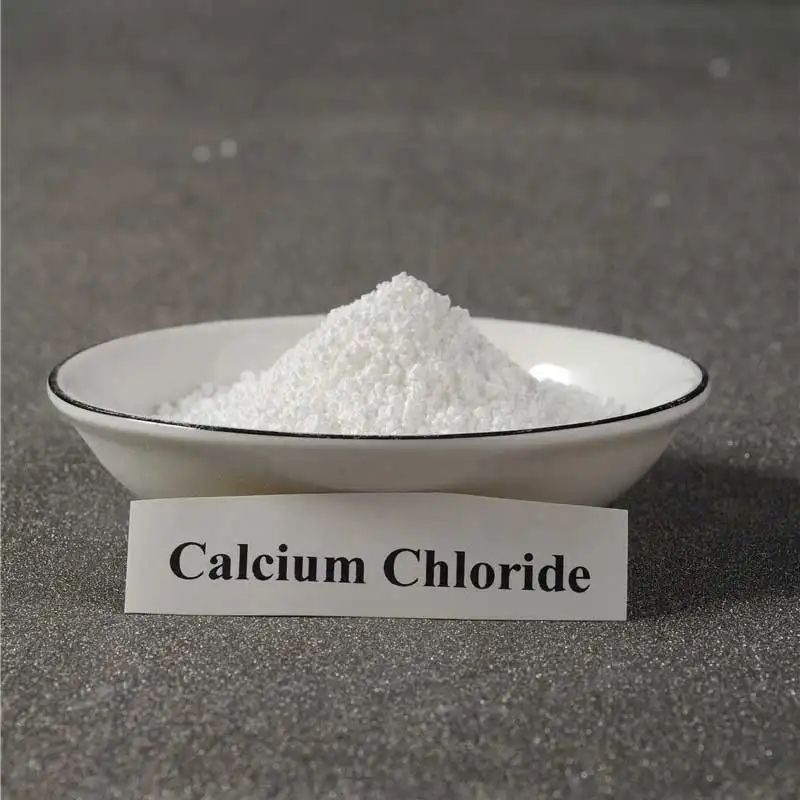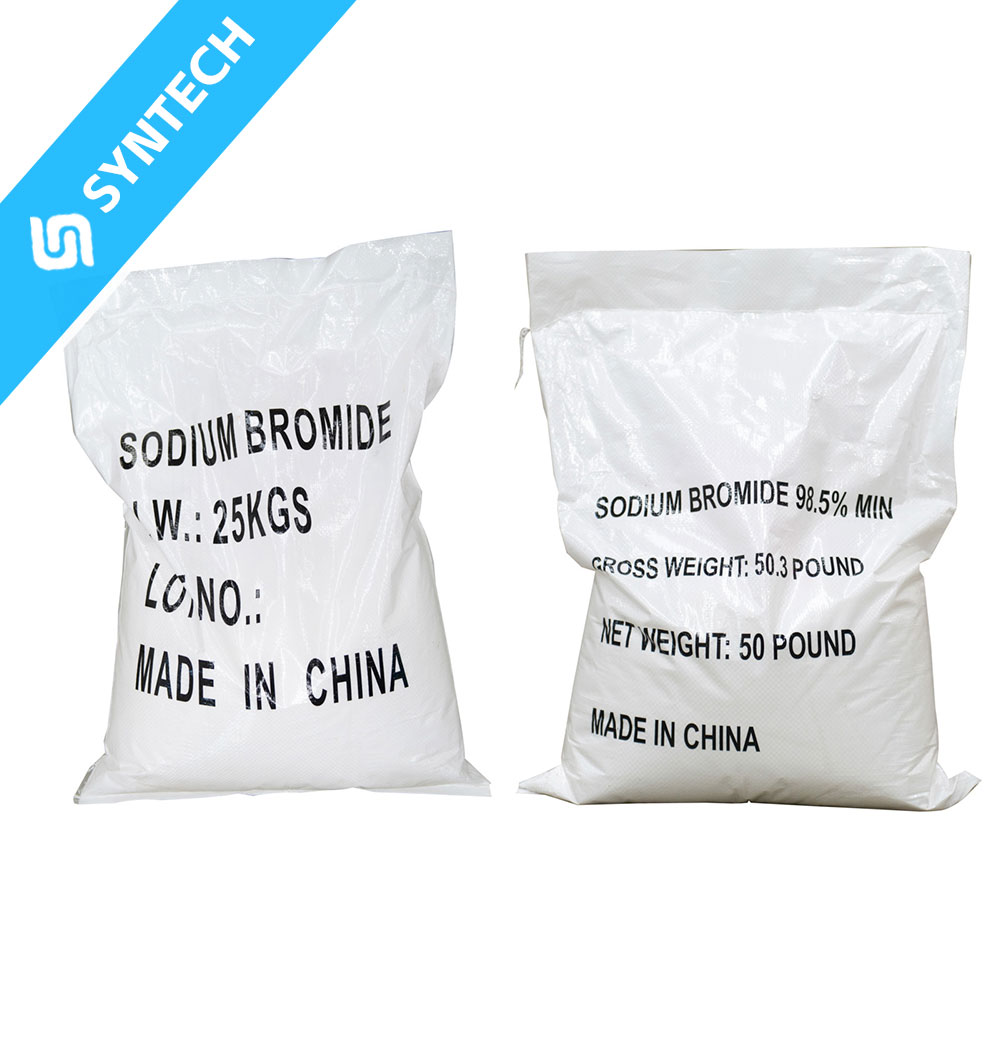Calcium bromide (CaBr₂) functions as an effective scale inhibitor in oilfield operations through multiple chemical and physical mechanisms. Here’s a detailed explanation of its scale-control properties:
1. Primary Scale Inhibition Mechanisms
A. Common Ion Effect
- CaBr₂ dissociates into Ca²⁺ and Br⁻ ions in solution.
- The presence of excess Ca²⁺ shifts equilibrium to reduce carbonate (CO₃²⁻) and sulfate (SO₄²⁻) precipitation:Ca2++CO32−⇌CaCO3(Shifted left due to high [Ca²⁺])Ca2++CO32−⇌CaCO3(Shifted left due to high [Ca²⁺])
- Reduces CaCO₃ scaling potential by 30–50% compared to low-calcium brines.
B. Ion Exchange and Solubility Enhancement
- Br⁻ ions form soluble complexes with scaling cations (e.g., Ba²⁺, Sr²⁺):Ba2++2Br−→BaBr2(Soluble)Ba2++2Br−→BaBr2(Soluble)
- Increases barium sulfate (BaSO₄) solubility by 5–10× compared to chloride systems.
- Prevents sulfate scales in high-TDS (Total Dissolved Solids) environments.
C. Crystal Modification
- Adsorbs onto growing scale crystals (e.g., CaCO₃), distorting their lattice structure.
- Results in softer, less adherent scales that are easier to remove mechanically or chemically.
2. Advantages Over Traditional Scale Inhibitors
| Property | CaBr₂ Brine | Phosphonate Inhibitors | Polymeric Inhibitors |
|---|---|---|---|
| Thermal Stability | Up to 260°C | Degrades above 120°C | Stable to 180°C |
| Environmental Impact | Low toxicity | Regulated (phosphorus) | Variable biodegradability |
| Compatibility | Works with high-Ca²⁺/Ba²⁺ | May precipitate with Ca²⁺ | Less effective in high-TDS |
| Cost Efficiency | $1.50–3.00/lb | $5–10/lb | $8–15/lb |
3. Field Applications
A. Downhole Scale Prevention
- Used in completion fluids (e.g., 11.5–14.2 lb/gal CaBr₂ brines) to protect screens and perforations.
- Effective in wells with >50,000 mg/L TDS or >500 mg/L Ba²⁺.
B. Surface Equipment Protection
- Injected into production separators at 50–200 ppm to control CaCO₃ in tubing.
- Reduces scaling in heat exchangers by 60–80% compared to untreated systems.
C. Combined Scale/Corrosion Control
- Synergistic effect with amine-based corrosion inhibitors:
- Br⁻ forms protective CaBr₂ films on steel surfaces.
- Reduces corrosion rates to <0.1 mm/year (NACE MR0175 compliant).
4. Limitations and Mitigations
- Limited Effectiveness Against Silica Scales:
- Works best for carbonate/sulfate scales; silica requires additional inhibitors (e.g., MgCl₂).
- Bromide Residuals:
- Requires monitoring (<50 mg/L discharge limits in some regions).
- Cold Weather Handling:
- Blending with CaCl₂ prevents crystallization below 10°C.
5. Emerging Enhancements
- Nanoparticle-Assisted CaBr₂:
- SiO₂ or TiO₂ nanoparticles boost scale inhibition by 20–30% via surface adsorption.
- Enzyme-Coupled Systems:
- Urease enzymes + CaBr₂ convert urea to NH₃/CO₂, raising pH without carbonate scaling.
Conclusion
Calcium bromide acts as a multifunctional scale inhibitor through:
- Common ion suppression,
- Solubility enhancement via Br⁻ complexation, and
- Crystal distortion.
Its thermal stability, cost efficiency, and low environmental impact make it ideal for harsh oilfield conditions, though it works best when tailored to specific water chemistries. For severe scaling scenarios, hybrid systems (CaBr₂ + phosphonates) are recommended.






